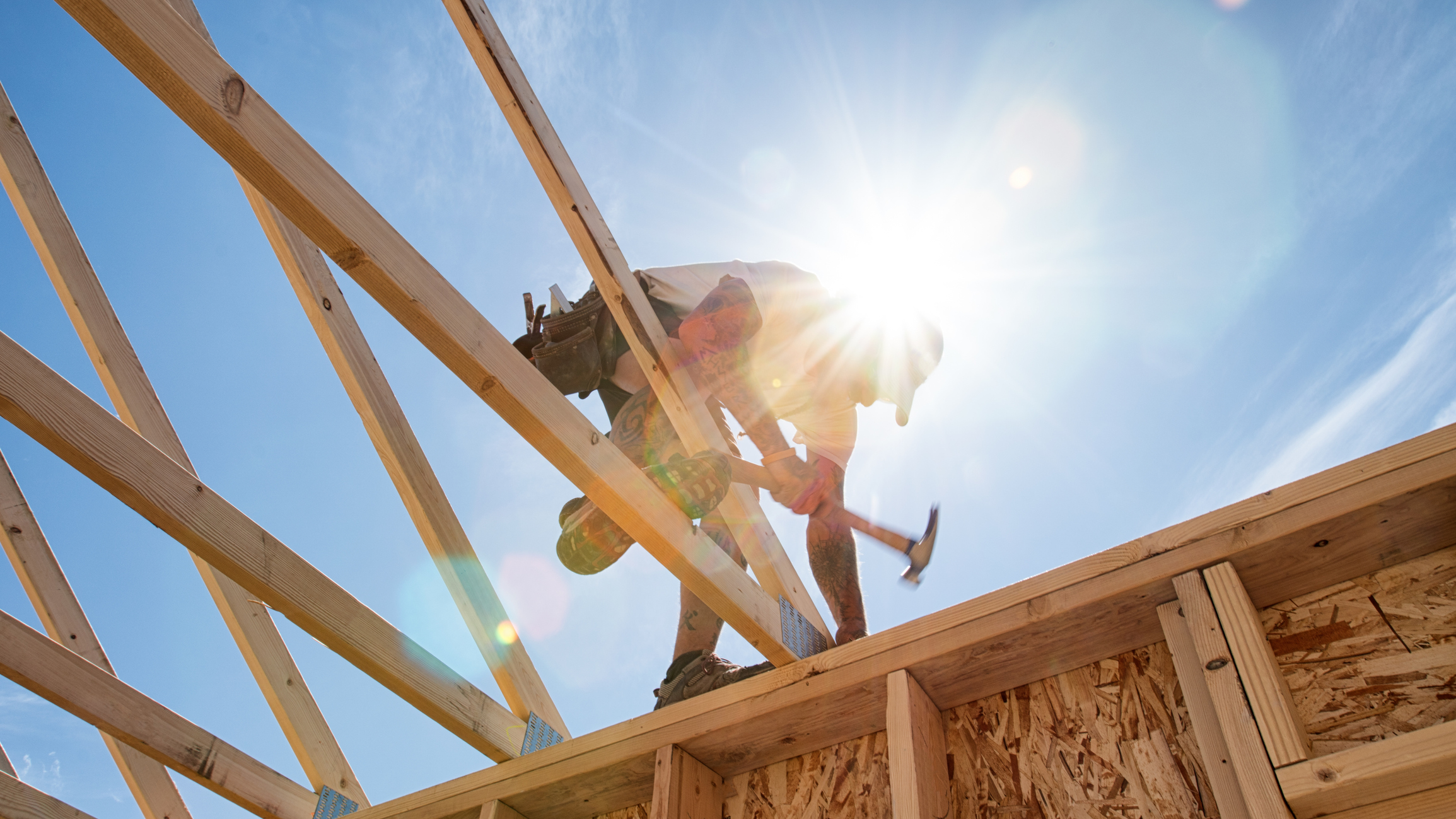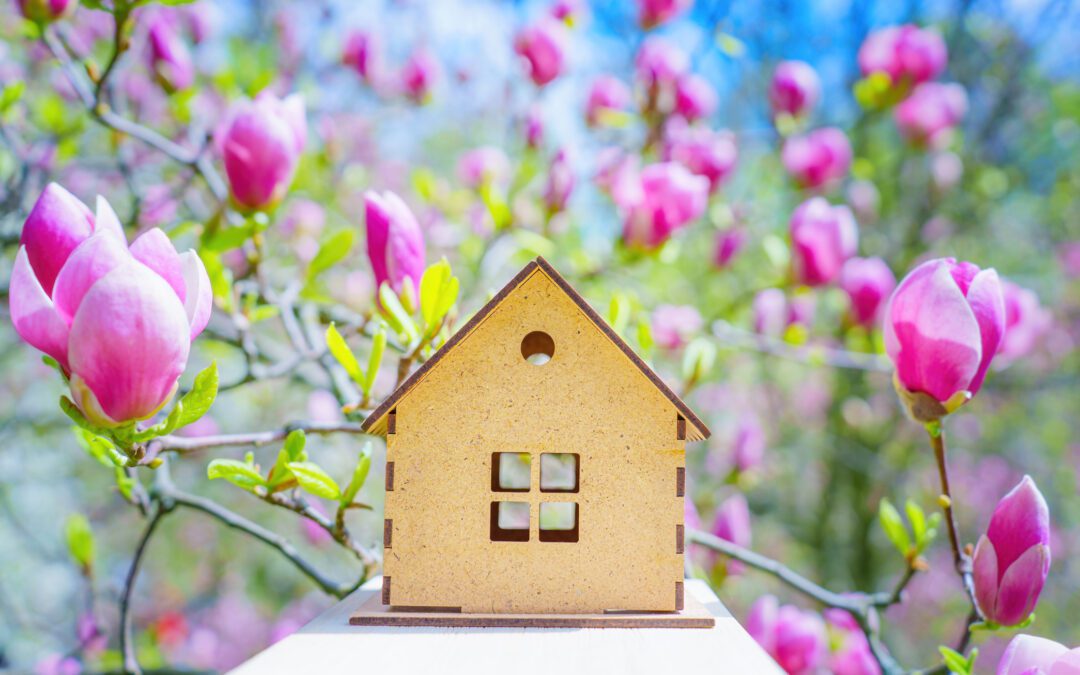Building a new home is an exciting time. However, this excitement can soon turn into overwhelm when you’re faced with endless choices, decisions, and time and money constraints.
The building process is more efficient and less stressful when you develop a good plan, choose a competent builder and think long-term when it comes to upgrades and added features.
Building a new home is a huge milestone, no matter if it’s your first property or one of many in your portfolio. For that reason, it’s important to not act hastily when making decisions.
Here are some tips to consider when building a house in the hope that your build will be a smooth and stress-free process:
- Be realistic with your budget
You should be considering your budget way before you begin the build process. Your budget needs to be realistic and achievable. You should know exactly how much you can afford to spend and how much it will cost you to build the house you want.
When building a new home, it’s easy to get excited and lose track of – or ignore – what it is you can really afford. For most, these costs will include:
- A construction loan
- A mortgage
- Hidden costs (including soil tests, site preparation costs, driveway costs, etc.)
To get an accurate idea of your budget, it’s a good idea to meet with your bank or financial advisor and find out how big a loan you can qualify for based on your income and other financial factors. From there you’ll have a ballpark figure to work with and can look at house packages, contractors, design elements, etc. within your price range.
- Choose a reputable home builder
All builders – just like all homes – are not created equal. When choosing a home builder, you need to consider their reputation along with the style of homes they specialize in and whether they fit the budget you have set.
Prior to building, go online or ask around to research which builders have the best reputation in your area. Look at reviews and testimonials, look at what accolades or accreditations they hold, and if possible, visit one of their display homes and inspect the quality of their craftsmanship.
Get a quote from each of your chosen builders and look at any inclusions or exclusions they offer. During this process, make a note of how these builders communicate with you and whether they’re open and transparent when answering your questions or addressing any of your concerns.
- Invest in quality upgrades
It’s inevitable that you’ll be presented with a lot of design choices and decisions, including optional add-ons and fixtures. If you’ve got a little extra money to spend, consider investing in quality fixtures over decorative add-ons.
Fixtures are the parts of your home that add both function and aesthetic and will be a part of your home for years to come. By choosing to invest in quality fixtures over decorative finishes or paint colors, you are able to update your home without having to make any big changes or repairs. Poor quality inclusions are more likely to break and not stand the test of time, affecting your resale value and making your home fixtures feel and look on the cheaper side.
- Build with resale in mind
While you may not have any plans to sell your home in the next few years, there may come a time that you will in the future. Regardless if it’s your forever home or not, you should always build with resale in mind.
Remember, your lifestyle and interests may change over time, so be mindful of the design choices you make and try to choose a color palette and fixtures or features that will stand the test of time. Before choosing any features or fixtures, ask yourself if it’s likely to appeal to other homeowners, too?
Designing for your future will mean having a better chance of reselling at a top-dollar sale and will also mean you’ll spend less money on making any major upgrades or design changes.
- Consider sustainability
In this day and age, it only makes sense to build an energy-efficient home. Not only will it reduce your electricity bill but it will also improve the value of your home and minimize your carbon footprint!
There are several ways you can maximize your new home’s efficiency, including:
- Double glazing large windows
- Installing solar panels
- Installing a rainwater collection tank
- Installing a smart home device
You can also ensure a passive build by choosing a home builder or contractor that specializes in energy-efficient home design. That way, your home will be built for maximum sustainability while meeting all your build and design needs.
Building a new home is a challenge, but one that is worth all the hard work! By planning long-term and choosing to partner with a respected and reputable builder, you can design and construct a home that fits all your wants and needs without overextending your budget. There are so many decisions that must be made by you, the homeowner. For that reason, it pays to do plenty of research beforehand and to make a list of your chosen builders, home designs, features, fixtures, and costs. Doing so will mean you are getting the home that YOU want, and one that you or your family will live comfortably and happily in for the long-term.
ABOUT THE AUTHOR
Jacqueline Coombe has been a prolific reader since childhood, and now channels her love of the written word into writing content on a range of topics from business, marketing, and finance to travel and lifestyle. Jacqueline is also a Principal Consultant specializing in Search + Content Marketing at the international digital marketing agency Webprofits.Image Credit: Unsplash






















0 Comments